Animated Brain Learning Rapidly Through Reading
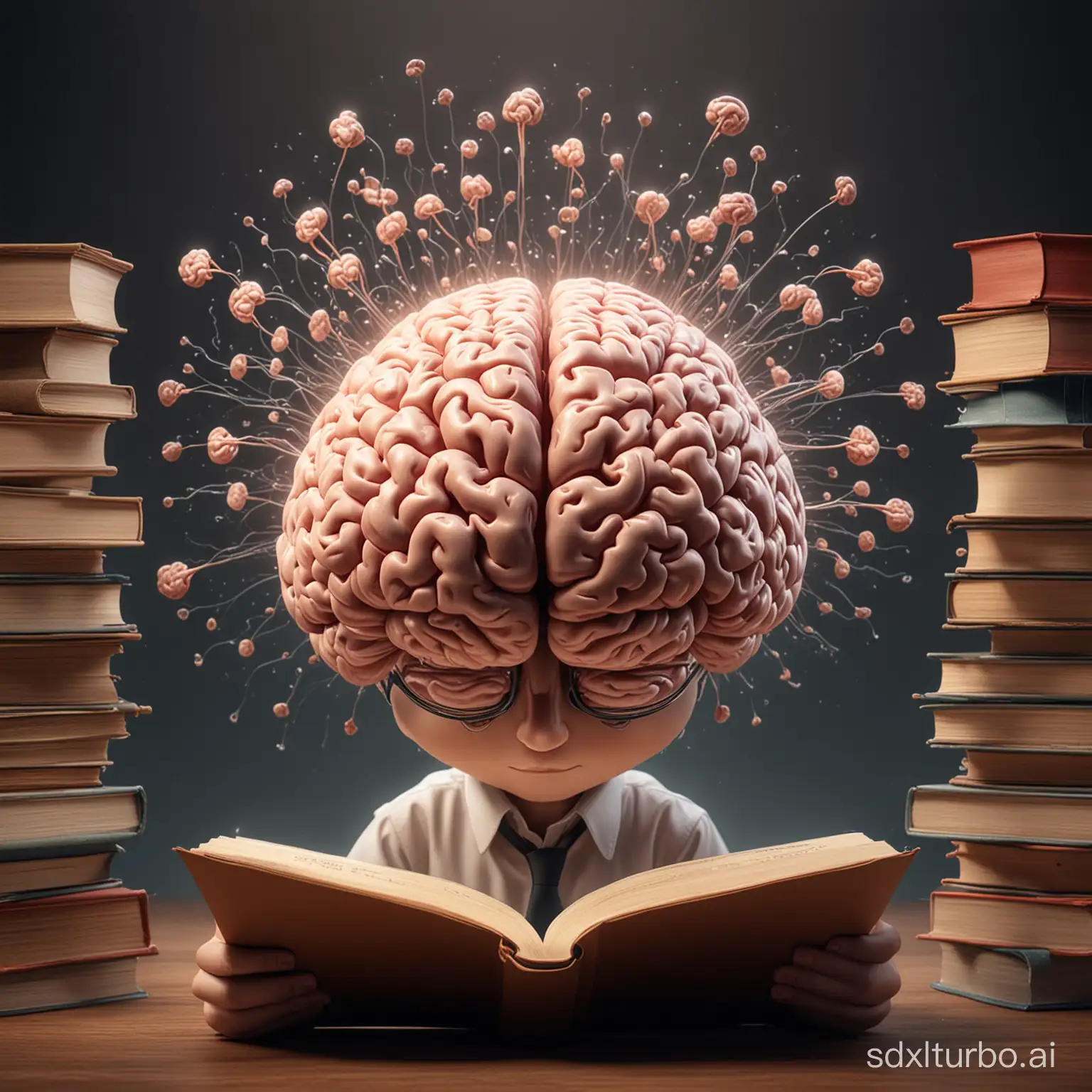
Image Prompt
Prompt
Animación de erebro leyendo libros rápidamente
Choose Model: realistic
Aspect Ratio: 1:1
Generated by Stable Diffusion SDXL
Related AI Images

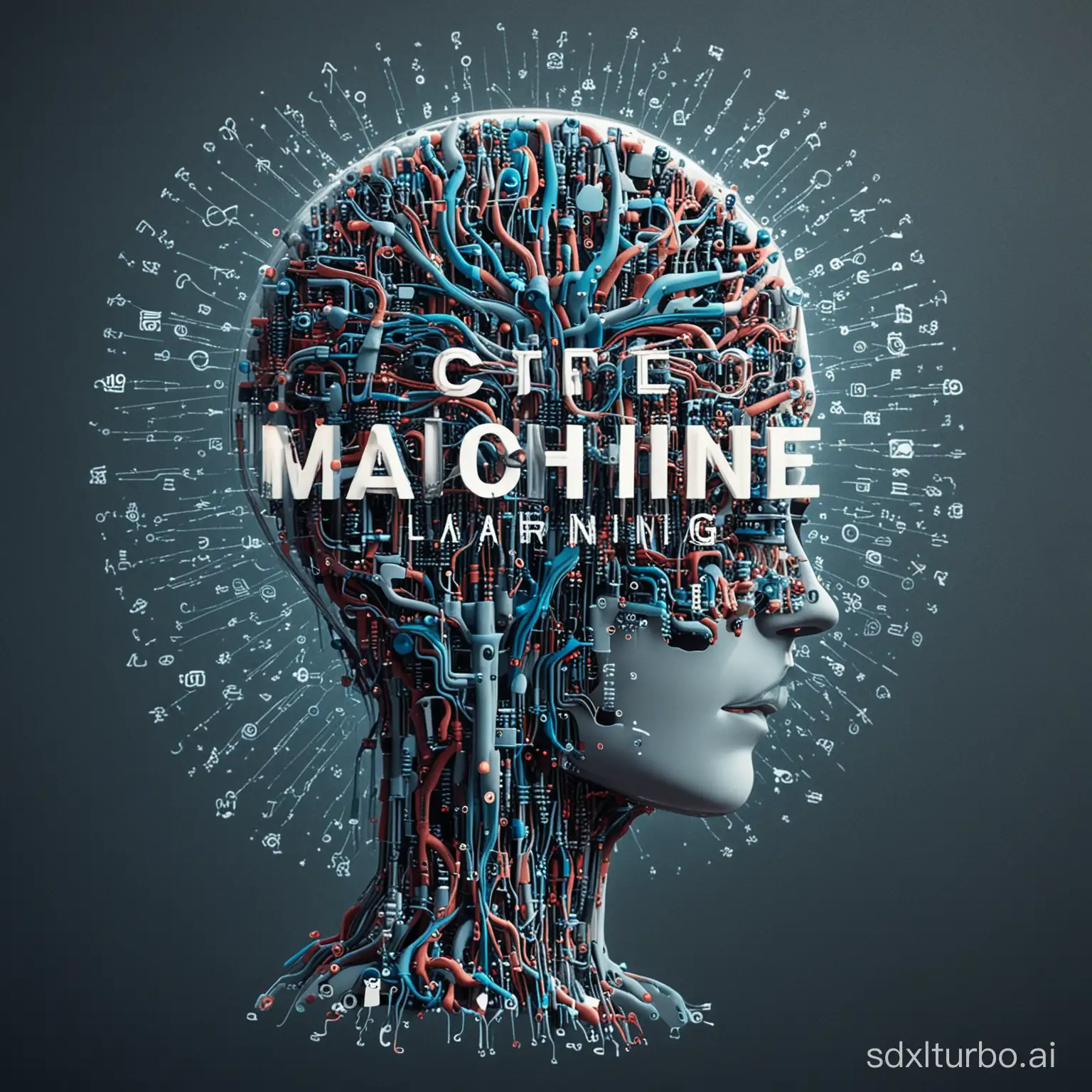

R
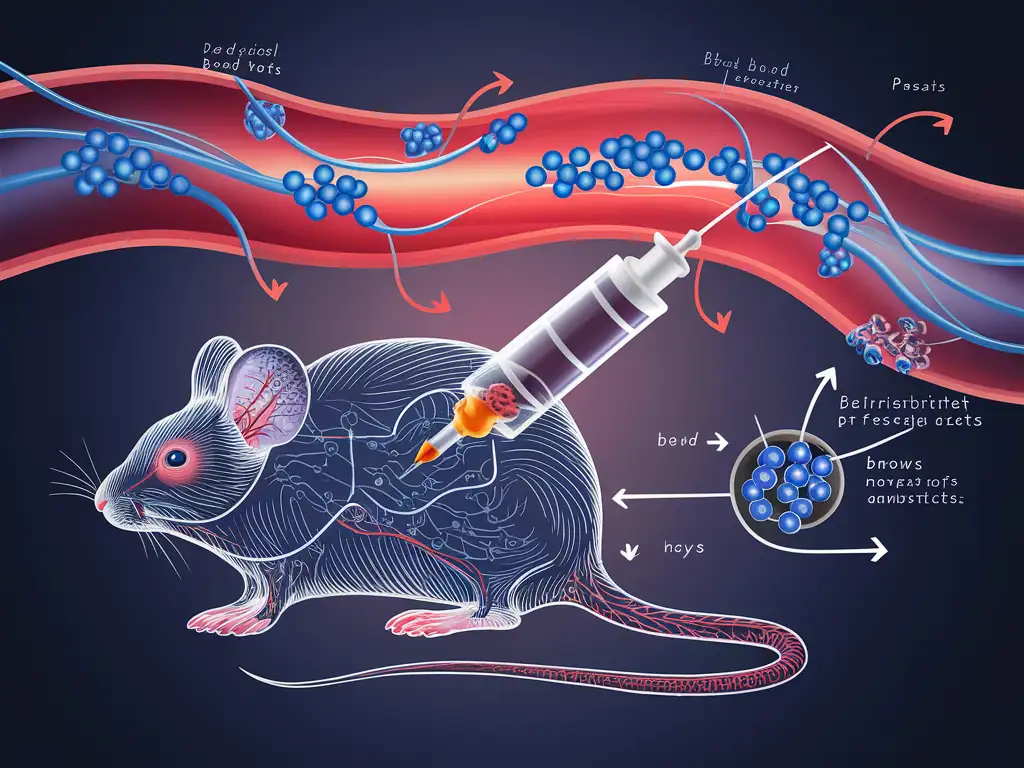
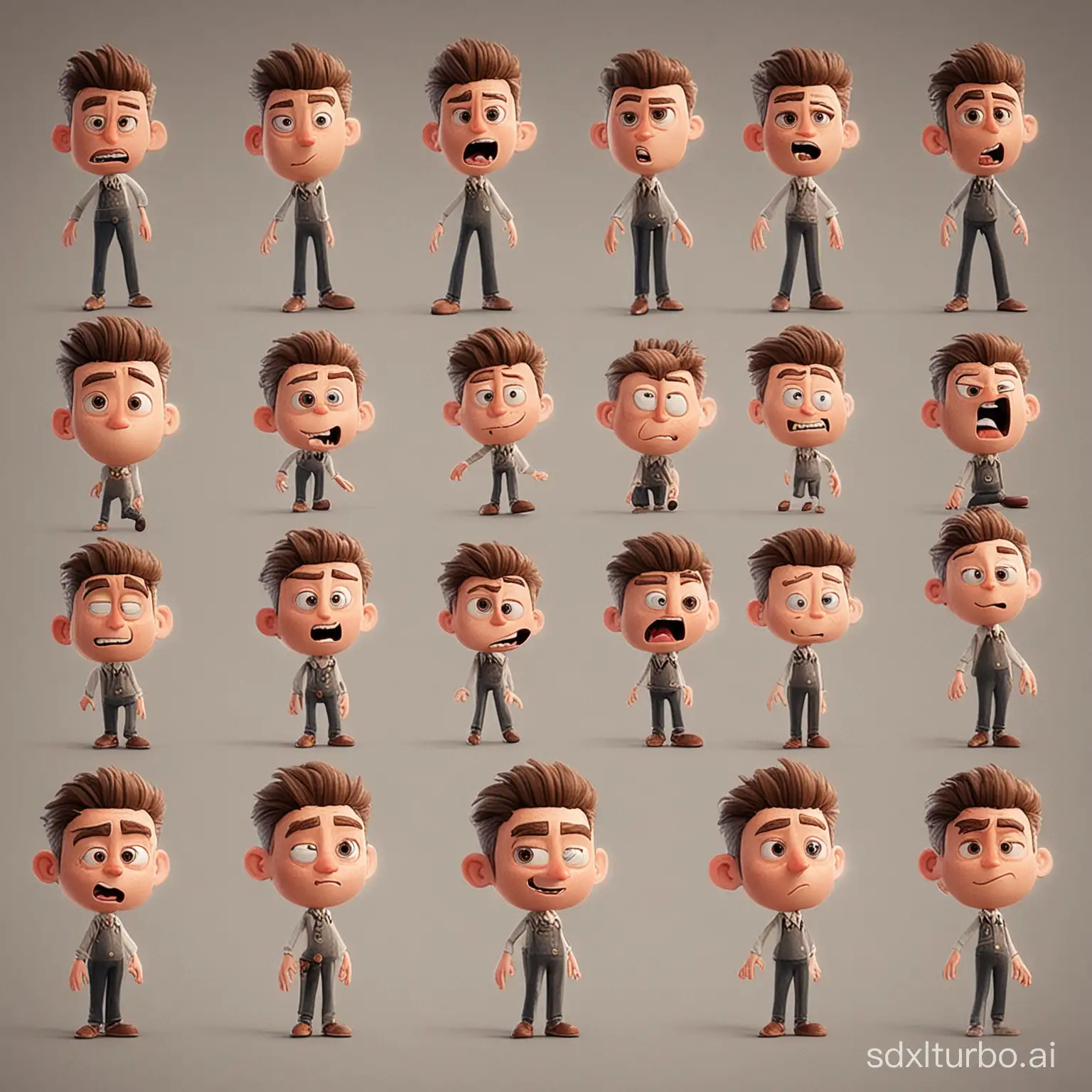
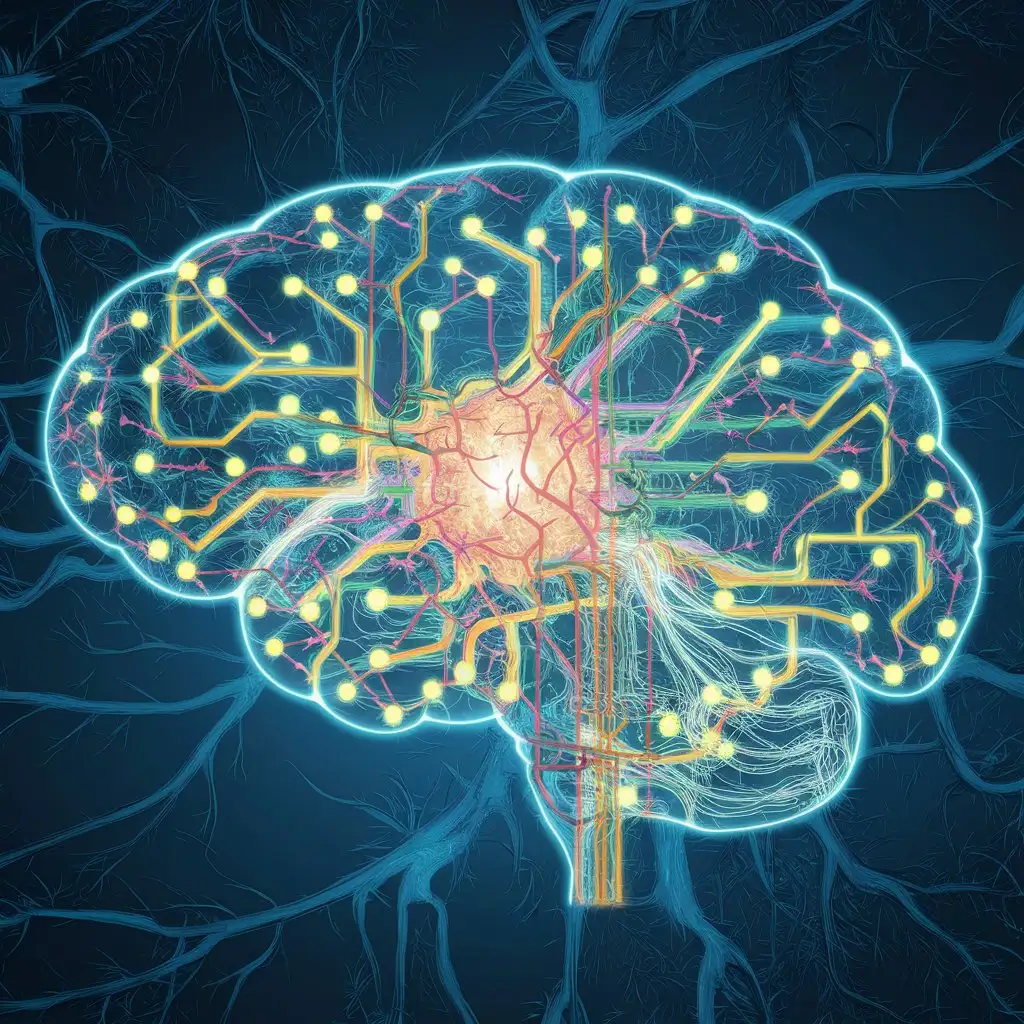
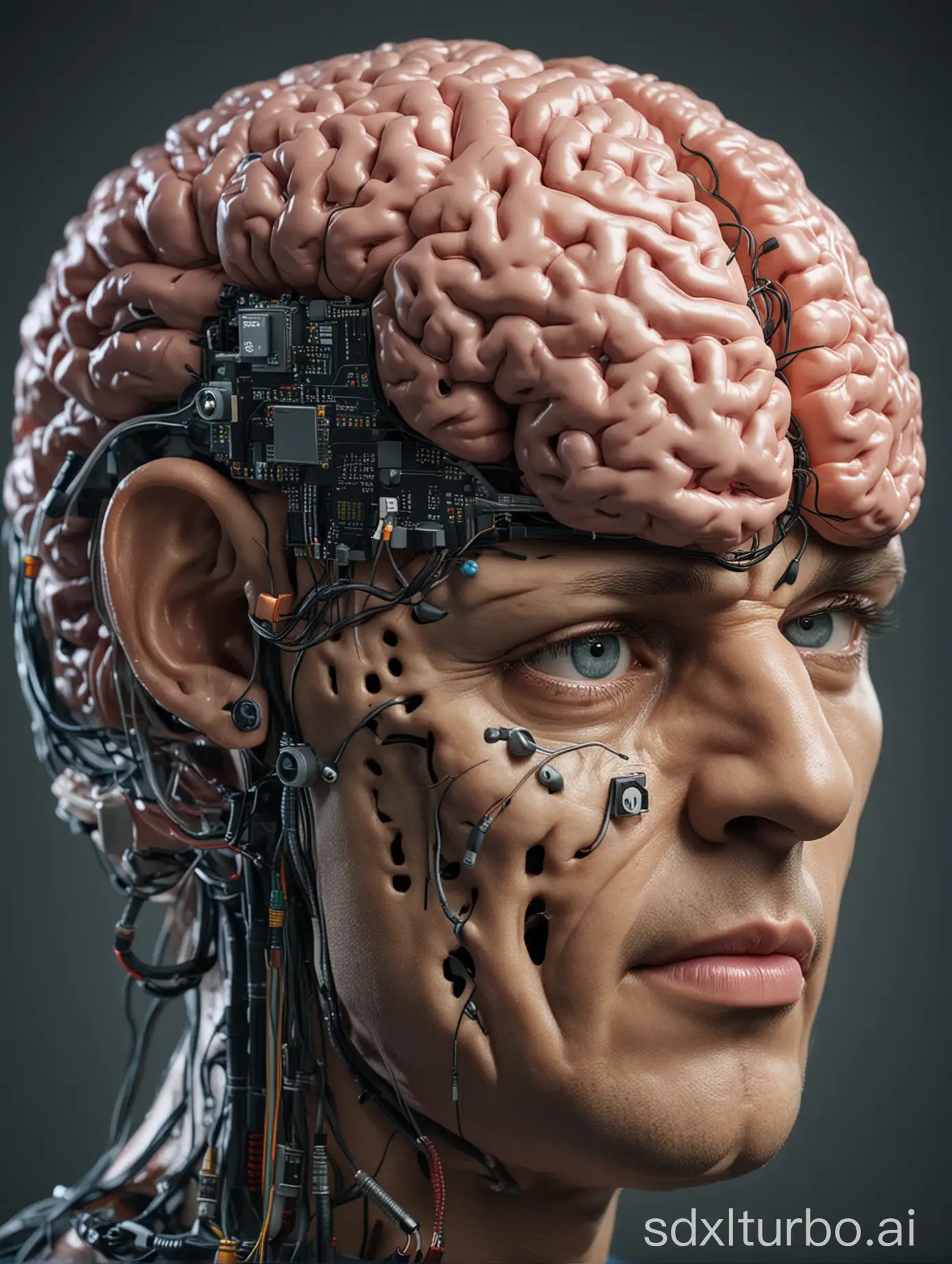

Related Tags
Prompt Analyze
- Subject: The main subject of the image is an animated brain, symbolizing intelligence and learning capabilities. It's depicted as engaged in the act of reading, suggesting rapid acquisition of knowledge. Background/Style/Coloring: The background could be vibrant and dynamic, reflecting the energy of the brain's activity. The style may lean towards a mix of realism and abstraction, with emphasis on the brain's features. Color palette might include bright hues to convey stimulation and excitement. Action: The brain is shown reading, with pages flipping quickly, indicating rapid absorption of information. This action underscores the image's theme of swift learning. Items: The primary item in the image is books, representing sources of knowledge. They could be depicted flying or stacked around the brain, illustrating the abundance of material being consumed. Costume/Appearance: The brain may have a cartoonish appearance, with exaggerated facial expressions to convey enthusiasm for learning. It might also wear glasses or have other scholarly accessories to accentuate its role as a reader. Accessories: Additional accessories could include thought bubbles filled with symbols or information, highlighting the brain's active thought processes while reading.